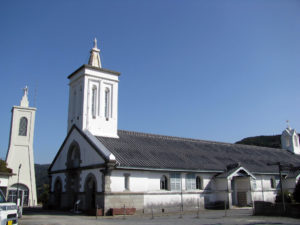Christian Pilgrimage sites in Nagasaki Region, World Heritage Site
Japan’s unique practice of the Christian faith continued even during the ban on Christianity
Hidden Christian Site in Nagasaki Regions bear unique testimony to the tradition of people and
their communities who secretly transmitted their faith in Christianity while surviving in the midst of
the conventional society and its religions during the time of prohibition.
It was built in 1865 under the supervision of the French priest Bernard Petitjean. On March 17, 1865,
a group of peasants from Urakami came to the church and professed their faith to Father Petitjean,
thus revealing that Christianity had survived through the centuries of persecution. The white marble
statue of the Holy Mother at the entrance was built in commemoration of the dramatic discovery of the
“Hidden Christians.
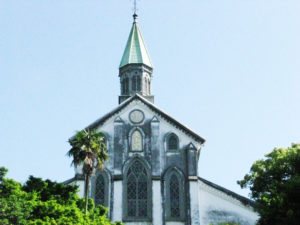 |
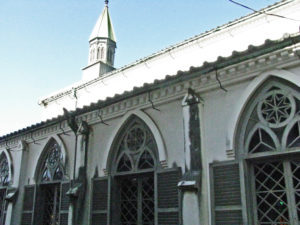 |
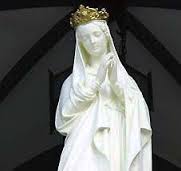 |
Martyrdom of the 26 Saints of Japan
Nishizaka Hill in Nagasaki is the place of Martyrdom of 26 Japanese Saints. The Twenty-Six Martyrs
of Japan were a group of Catholics who were executed by crucifixion on February 5, 1597.Their
martyrdom is especially significant in the history of the Catholic Church in Japan. In 1950, Pope Pius XII designated this place as an official pilgrimage site for Catholics. And Saint Teresa of Calcutta commonly
known as Mother Teresa visited here in 1982.
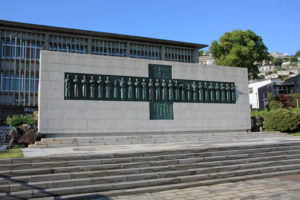 |
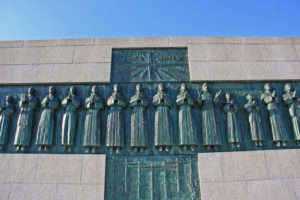 |
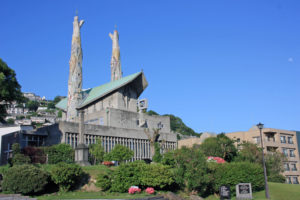 |
The mission base of de Rotz, who dedicated himself to assisting the needy When he discovered
the underground Christians, Petitjean realized that there were many other Christians hiding in the
Sotome region.
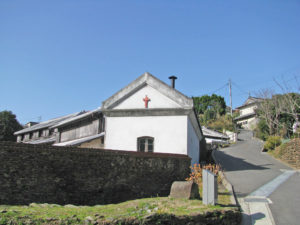 |
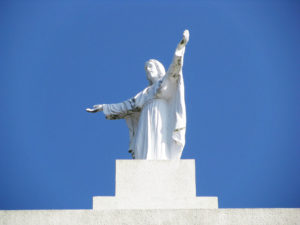 |
He appointed de Rotz as the parish priest of the Shitsu and Kurosaki districts. On an elevation
commanding a view over the Sea of Goto, he established a church at his own expense. The building
was extended and renovated again and again. A statue of Mary that he ordered from France is
standing in the bell tower.
Harajo Castle ruin is located in Minami-Shimabara-city and the Battle field of Shimabara Rebellion
which was a peasant uprising against bakufu’s persecution of Christians under the leadership of
Amakusa Shiro in 1637.
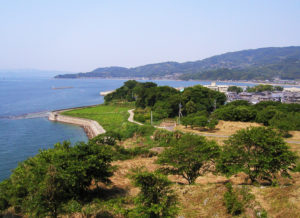 |
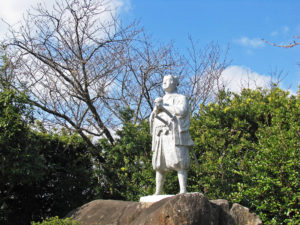 |
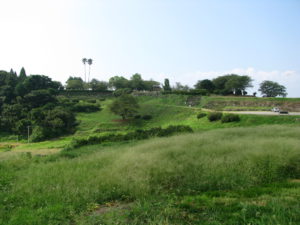 |
Jigoku, means Hell, is the number one attraction of Unzen with a peculiar smell of sulfur
emitted from the springs, and with white smoke rising from the ground over a wide area.
This is a striking reminder that Unzen Volcano is still very much alive.
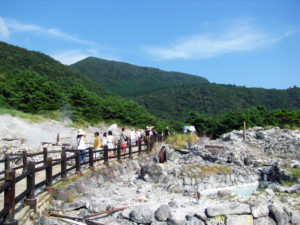 |
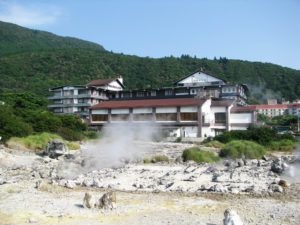 |
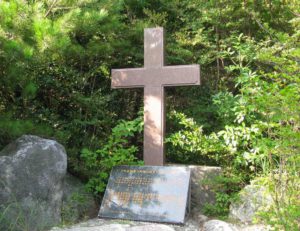 |
Unfortunately, this was once put into reality nearly 350 years ago during the time of religious persecution
in Japan. 30 Japanese Christians, failing to renounce their faith met their death here in the scalding
spring of Jigoku.

